Rio 2016 Paralympic Games Weeks Away
Published on August 22nd, 2016
(August 22, 2016) – As the sun sets over the Rio 2016 Olympic Games, we can reflect on what was a thrilling Olympic Sailing Competition which was action packed quite literally until the last. The final gold was won by just two seconds, and quite fittingly by a Brazilian crew, 49erFX sailors Martine Grael and Kahena Kunze.
But as one regatta ends in Guanabara Bay another waits in the wings to begin. The Rio 2016 Paralympic Games. The Olympic Sailing Competition thrust sailing in to the eyes of the world with its stunning backdrops of Christ the Redeemer and Sugarloaf Mountain, and the Paralympic Games will do the same.
Australian SKUD18 sailor, Liesl Tesch, is excited at the prospect of sailing among the iconic world sights, “It’s in the spectacular city of Rio de Janeiro. Heading in to the Paralympic Games to sail under that Jesus out there on the water in front of the Sugarloaf Mountain is a fantastic honor.”
France’s Damien Seguin has ambitions of one day sailing the Vendee Globe, but he knows that the Paralympic Games is a high point in a sailor’s career, “It’s a dream come true. We are on the final steps to the Paralympics. I want to be in Rio tomorrow.”
He may not be in Rio tomorrow, but it is getting close. As the Paralympic Games draws nearer, there is also the need to focus around all the excitement as Germany’s Jens Kroker knows all too well, “It’s going to be really, really intense. We will prepare from a strategic and technical side. We will study the weather data we have gathered. We will do a bit more practice in Rio.” But he did also add, “It will be a magic moment.”
Great Britain’s Helena Lucas wraps the Paralympic Games in one simple sentence, “This is the key time. This is the time to put the icing on the cake.”
There are three Paralympic sailing classes made up of the one-person keelboat, two-person keelboat and three-person keelboat boats. Each country is allowed to enter one boat per-class with host Brazil automatically qualifying for each event. There are no separate male and female competitions as each event is mixed.
There will be a maximum of 16 boats in the one-person event, 11 boats in the two-person event and 14 boats in the three-person event. The one-person event uses a 2.4m Norlin OD dual-sail boat in which the sailor can be either male or female. It is 4.16m long and weighs 260kg.
A three-sail SKUD-18 boat is used for the two-person event and is 5.8m long with a weight of 400kg. The crew must be made up of a male and a female competitor. Finally the three-person event uses a two-sail Sonar boat that can be crewed by any combination of male or female sailors. It weighs close to a ton and is 7 meters in length.
Each medal event consists of 11 races, weather permitting, with points available for each race. Sailors are awarded points depending on the position in which they finish each race, with one point awarded for coming first, two points for finishing second and so on.
At the end of the 11 races, each sailor or team will have their worst individual race score disregarded before the remaining points are added up to form an overall score. The team with the lowest total points at the end of the race wins the event. Penalties are awarded to boats that are found to have broken a rule, in which they must perform turns before being allowed to continue around the course.
A classification system based on impairment considers four factors – stability, hand function, mobility and vision – is used. Points are awarded to each sailor on a scale of 1-7 depending on their functionality. Lower points are awarded to sailors with lower levels of functionality and vice versa.
2.4 Norlin OD (one-person): sailors must have a minimal impairment according to criteria. SKUD 18 (two-person): sailors must include one crew member who is classified as TPA (Two-Person format Classification A), and the other sailor must be classified as having minimal impairment, TPB (Two Person System Classification B). Sonar (three-person): the classification points of all three sailors are added up and their total must not exceed 14 points.
Adaptations are allowed depending on a sailor’s physical impairments. For example, adapted tillers for steering are allowed for those with a lower level of hand function and seats can be adapted too if sailors with low stability are competing.
The Rio 2016 Paralympic Games will take place between September 7-18 in Rio de Janeiro and the sailing is scheduled to be raced between September 12-17 in Guanabara Bay.
Source: World Sailing


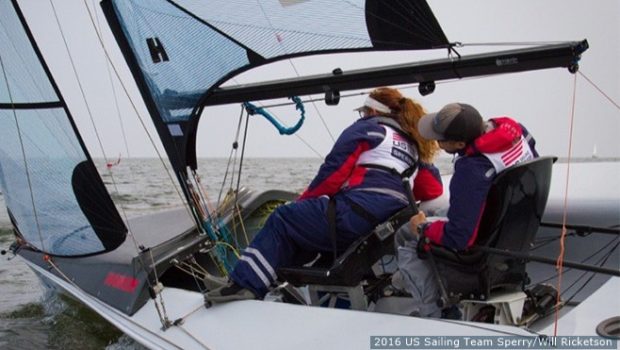


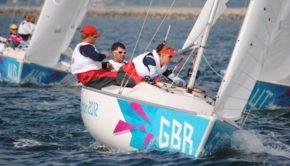
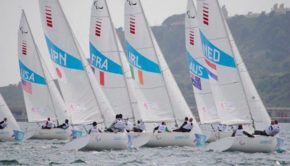
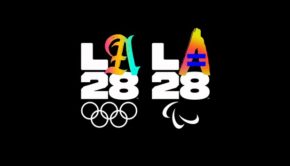
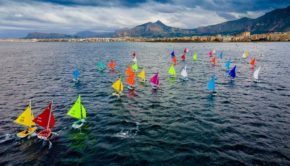
 We’ll keep your information safe.
We’ll keep your information safe.